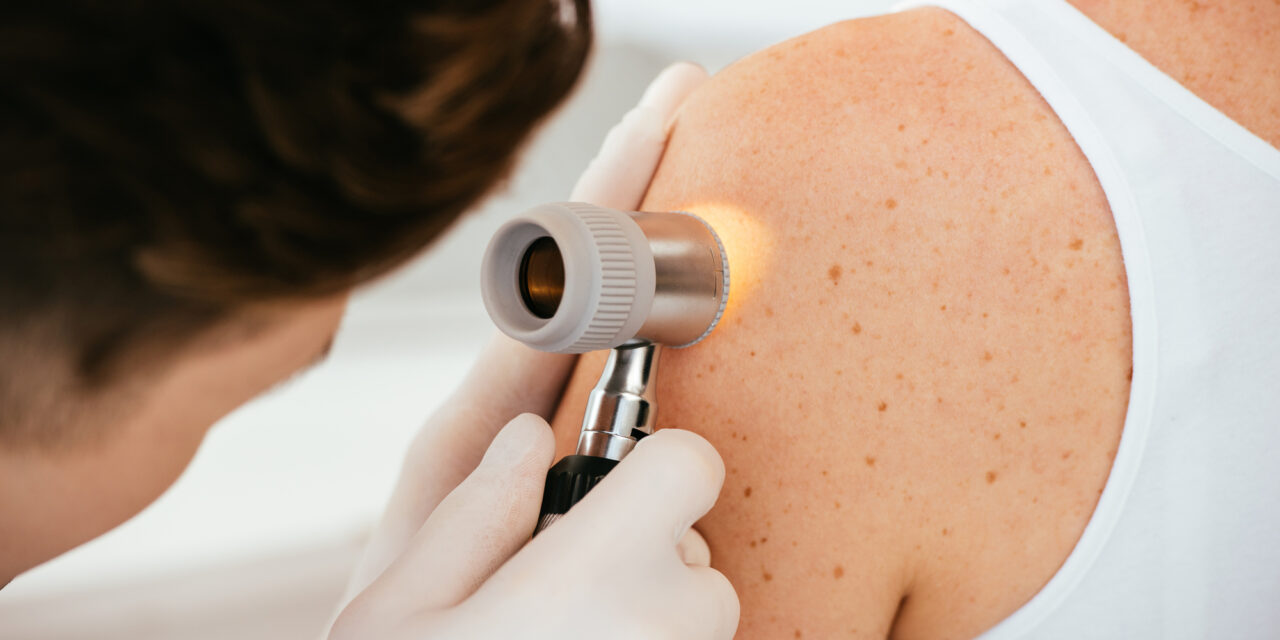Compliments of Buffalo Medical Group
Fun in the sun is part of what makes the great outdoors so enjoyable. Though everyone can safely enjoy our beautiful summer season, it is important that individuals exercise caution when spending time in the sun. A lack of caution when exposing skin to the sun’s rays can increase individuals’ risk for skin cancer, including melanoma.
The Melanoma Research Alliance (MRA) notes that melanoma is the deadliest form of skin cancer. Melanoma affects pigment-producing cells called melanocytes, which give the skin its color. The MRA notes that melanomas can develop in various parts of the body, but most originate on sun-exposed skin.
The dermatologists at Buffalo Medical Group who diagnose and treat skin cancer explain that melanoma is unique among cancers in more ways than one. Among the more unique characteristics of melanoma is that rates of the disease are rising rapidly. In fact, the MRA says that this is especially true among younger individuals. While anyone can develop melanoma, higher rates of the disease among younger individuals underscore the need for greater education on how to protect the skin when spending time in the sun. Both the MRA and Buffalo Medical Group dermatologists point out that melanoma can spread widely to other parts of the body, which is not typical of other skin cancers.
Melanoma is unique among skin cancers, but it produces some common signs. The MRA urges individuals to learn the ABCDEs of melanoma, which is a simple system of characterizing symptoms that can help people recognize what to look for if they are concerned about the disease.
- A (Asymmetrical): Moles or growths that are asymmetrical or uneven may be indicative of melanoma and should be discussed with a physician immediately.
- B (Border): Moles or growths indicative of melanoma will have an irregular border.
According to Buffalo Medical Group, a significant minority of atypical moles evolve into melanoma, which is why they are considered clinically significant lesions. While the lifetime melanoma risk to individuals in the United States is less than 1%, it is significantly greater than 10% in those with atypical moles.
- C (Color): Moles or growths resulting from melanoma exhibit changes in color.
- D (Diameter): A mole or growth that develops because of melanoma may have a diameter larger than the size of a pencil eraser.
- E (Evolved): Moles or growths resulting from melanoma evolve in size or thickness.
Many people, adults and children alike, are familiar with the Hans Christian Andersen fairy tale “The Ugly Duckling.” That beloved story is one to remember when thinking of melanoma. According to the MRA, a mole that does not look like the rest of the moles on an individual’s body could be indicative of melanoma.
Melanoma is potentially deadly, and rates of the disease are on the rise. The presence of any of the aforementioned signs should be brought to the attention of a health care professional. More information about melanoma can be found at www.curemelanoma.org. To make an appointment to be seen by a dermatologist at Buffalo Medical Group, call 716-630-1000.












